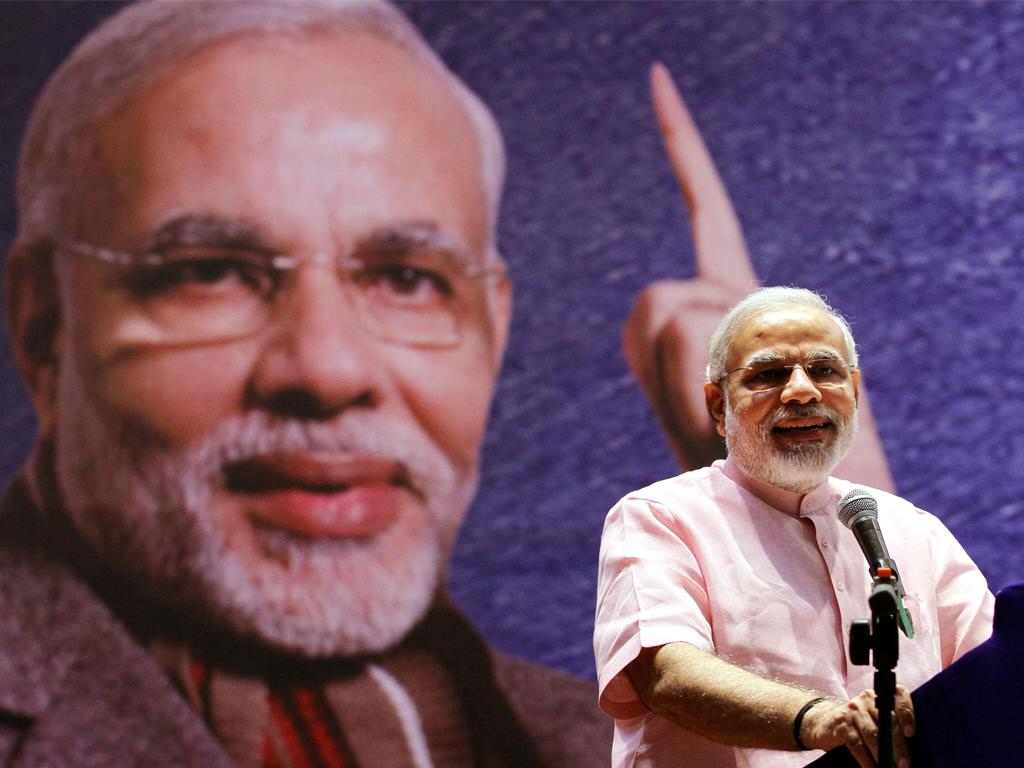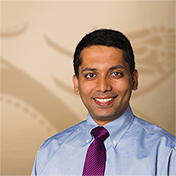The democratic process in India is famously complex with innumerable caste coalitions and competing interests. With poverty widespread and so many living in remote villages, voter turnout can pose unique challenges.
While growing up in India, I recall politicians ferrying people from the hinterlands to attend political rallies, offering free transportation, lunch and pocket money to those willing to participate—all to ensure a large turnout. But what has changed since then? India’s political parties are now embracing technology to reach out to constituents.
We see a notable difference in an August rally being planned in the southern city of Hyderabad by Narendra Modi, the current chief minister of the western state of Gujarat. Unlike other rallies, this one for Modi, who is expected to be the Bharatiya Janata Party’s nominee for prime minister in upcoming national elections, features online registration, and is seeking voluntary donations of about 8 cents that will go toward charity.
India’s next federal election is expected to highlight the extensive use of the Internet and other electronic media. In a country of 1.2 billion people and approximately 250 million households, it is estimated that 155 million households have television sets. Moreover, the majority of these households have cable TV or satellite connections with access to multiple channels, allowing viewers to hear diverse political viewpoints. In addition, the country has more than 860 million cell phones, which offer politicians more options to reach voters via social media platforms.
Will the winner of India’s next election be the party that can best harness technology to compel voters to action? If so, then Mr. Modi may possibly have an edge. With more than 2 million Twitter followers—the most of any Indian politician—he has been among the early adopters of technology in India’s political arena. (Parliamentary Member Shashi Tharoor is close second with 1.84 million followers.) In recent Gujarat state elections, Mr. Modi also made extensive use of 3D projection, a special audio visual technology, to boost coverage of his rallies.
Whether upcoming elections can be influenced by the strongest online presence remains to be seen. But, hopefully, it can at least help fuel more robust public discourse over India’s most pressing issues.
By Sudarshan Murthy, CFA. Research Analyst, Matthews Asia
The views and information discussed represent opinion and an assessment of market conditions at a specific point in time that are subject to change. It should not be relied upon as a recommendation to buy and sell particular securities or markets in general. The subject matter contained herein has been derived from several sources believed to be reliable and accurate at the time of compilation. Matthews International Capital Management, LLC does not accept any liability for losses either direct or consequential caused by the use of this information. Investing in international and emerging markets may involve additional risks, such as social and political instability, market illiquidity, exchange-rate fluctuations, a high level of volatility and limited regulation. In addition, single-country funds may be subject to a higher degree of market risk than diversified funds because of concentration in a specific geographic location. Investing in small- and mid-size companies is more risky than investing in large companies, as they may be more volatile and less liquid than large companies. This document has not been reviewed or approved by any regulatory body


